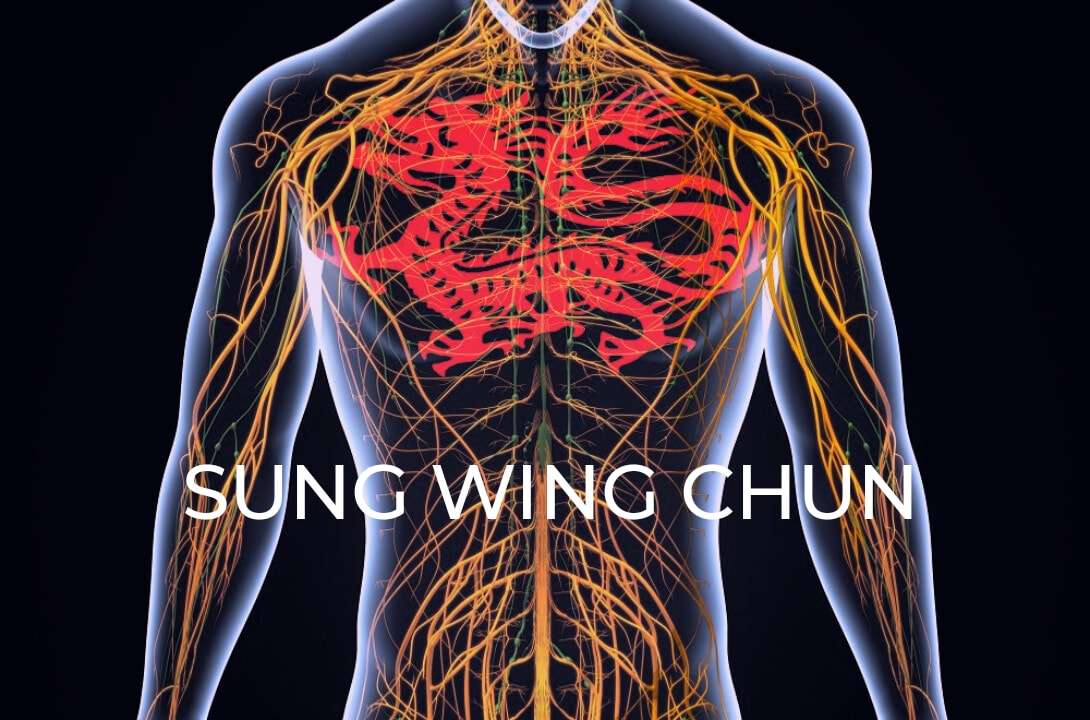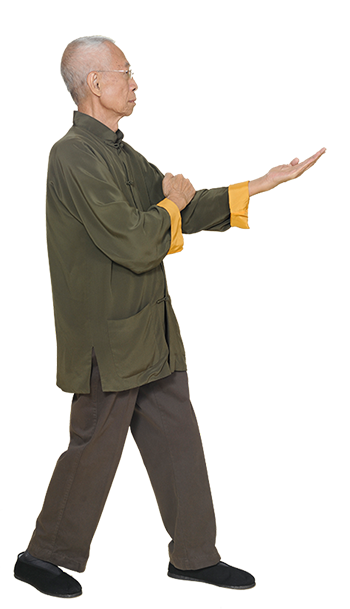|
Less than two weeks ago we took on a big experiment at Sung by progressing over a dozen students to learn the chum kui form. Wing chun is a traditional Chinese martial arts without a ranking system, so historically students are moved on individually when they are deemed to have met some arbitrary criteria. We have decided to follow a method introduced by Chu Shong Tin which he used a few years before he died; knowing he was ill he chose to teach the entire system to his regular students over a three year period so he could ensure he had passed on the same knowledge to them all (even though some had completed the system decades earlier). Some of our students are ready to move on, some almost, and one or two are just taking it as a learning experience. I am not saying we will teach the whole system in three years (CST was able to teach 5 nights a week) but we do want diligent students to learn the system in a reasonable time so they can get a full picture on how it works. These are my observations and tips so far: 1. Chum kui (CK) is an extension of Sil Lim Tao (SLT), in fact it is SLT with stepping and body rotation. 2. For the ideas of CK to work effectively you need to relax, settle on yourself, release into your elbow and rest on your opponent before you even start to move. 3. When you pivot you should release your spine, soften your lower back and hips and rotate over the tips of the thigh bones. The movement is a release. 4. Do not push the hip and shoulder behind the movement; that will provide a direct alignment into your structure for the opponent to feel and manipulate. 5. Do not twist your spine. 6. Release the knees, soften the ankles. 7. Acknowledge that just because at least one extra rotation is happening, you cannot and should not try to control how that rotation will effect each of your joints (that will again only lead to crude alignment). Done properly the opponent will first feel the effect of lifting you (because you are maintaining a release into your elbow) and the extra rotations will be difficult for them to counter. 8. If it feels powerful you are probably doing it wrong. You are only feeling the feedback of tensed muscles. If it feels relatively effortless, you are on the right track. 9. A great observation from Mark; most people translate Chum Kui as ‘seeking the bridge’, Mark’s translation was investigating the bridge. For me the idea of seeking means you are looking (chasing)for the opponent’s hand (wrong – in fighting we want to hit the body or face not limbs). The term investigating implies the form is about working out how to deal with someone whilst you already have contact. 10. Practice pivoting every day, learn not to lean back and maintain you centre of gravity above your hips (use a mirror). 11. Do it slowly at first. Doing it quicky is a cheat's method to hide inadequacy. The plan is to work on the first part of the form until Autumn, those who are ready can then move on to the second part of the form once the basics are in place. The second part involves more movement and crucially kicking. It will take quite a bit of work to reach a level where the movements of the leg infuse the same ideas as the movements of the arms we have taught, so that will be an exciting time. If we complete the whole form in the New Year those who have kept up the work start the Bil Gee around this time next year.
3 Comments
Rini Pijnenburg
6/24/2016 09:28:53 am
Thanks, this helps quite a lot 😀.
Reply
Jon Jones
6/24/2016 02:42:28 pm
This is another well written and helpful article, thank you.
Reply
Andrew Mason
6/24/2016 08:58:36 pm
Well written. Agree with it all and a nice reminder of some things I forget to focus on. God luck with Chum Kiu. You can't do Bil Gee properly without CK in the same you can't do CK properly without SLT.
Reply
Your comment will be posted after it is approved.
Leave a Reply. |
AuthorKeeping you up to date with what is happening in class Archives
July 2024
Categories |


 RSS Feed
RSS Feed